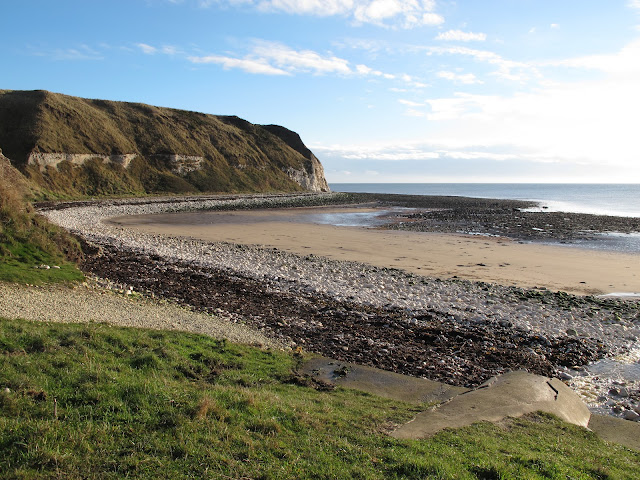I had a walk around the perimeter of North Cave Wetlands this morning. It was mostly cloudy, with a few brief sunny spells, and much milder than last week, although there was thin ice near the shore of some of the lakes.
Things were quieter than usual by Village Lake, there were many Teal, some Wigeon and a flock of Lapwings. A Snipe fed on the island and there were also some Coots and a Redshank.
I move to Turret Hide and I spotted a flock of Greylags in a field at the north of the reserve. An very large flock of what appear to be Woodpigeon flies in the hills over the trees. I watched the Teals displaying.
I couldn't miss a Mute swan fight going on in Reed Bed for quite some time, there were two immatures and at least three adults involved, and the fight seemed to involve possibly two pairs. There was actually one on one close contact by the reed beds and repeated chases with noisy wing beats and half flying as they run over the water. Likely a resident pair was chasing an intruder pair away. The individuals chasing adopted the typical Mute Swan threatening posture with raised wings and curved neck called 'busking' as it approached the other.
All this was very interesting, but I was distracted by the call of a water rail from the reeds, and, as I was quite keen to try and spot it, I stopped watching the swans, although I ended up not seeing the rail either.
No grebes - Little or Great Crested - to be seen at Main Lake. The flock of Greylags had by then moved onto the Main Lake and I counted them there, all more than 200 of them, with a few Gadwalls, Common Pochards and Tufted ducks. On the shore, more Teals and a dozen Redshanks.
A late reward for a final look by the entrance fence was a male Siskin in an Alder.
Another great winter walk in the wetlands.
By the access path to Turret hide, a small party of Lesser Redpolls fed on some dry seedheads ( I don't know what they are, some sort of sorrel?
Field at the north of the reserve, with a flock of Greylags in the distance
Very obvious Goldfinches today, feeding on dry seed heads, can you spot one on this sea of Teasel seedheads?
Goldfinch and Teasel
Mute Swan Chase
Redwing
I disturbed a Green Woodpecker on the north perimeter path, and it called with its 'kia kah!' alarm call as it flew ahead of me. It lated alighted on a tree trunk
Immature Male Tufted Duck
Bird List
- Black-headed Gull
- Blackbird
- Blue Tit
- Carrion Crow
- Chaffinch
- Common Gull
- Coot
- Dunnock
- Feral Pigeon
- Fieldfare
- Gadwall
- Goldfinch
- Great Tit
- Green Woodpecker
- Greenfinch
- Greylag Goose
- House Sparrow
- Jackdaw
- Kestrel
- Lapwing
- Lesser Redpoll
- Long-tailed Tit
- Magpie
- Mallard
- Moorhen
- Mute Swan
- Pheasant
- Pochard
- Redshank
- Redwing
- Reed Bunting
- Robin
- Rook
- Shoveler
- Siskin
- Snipe
- Song Thrush
- Starling
- Teal
- Tree Sparrow
- Tufted Duck
- Water Rail
- Wigeon
- Woodpigeon
- Wren















































